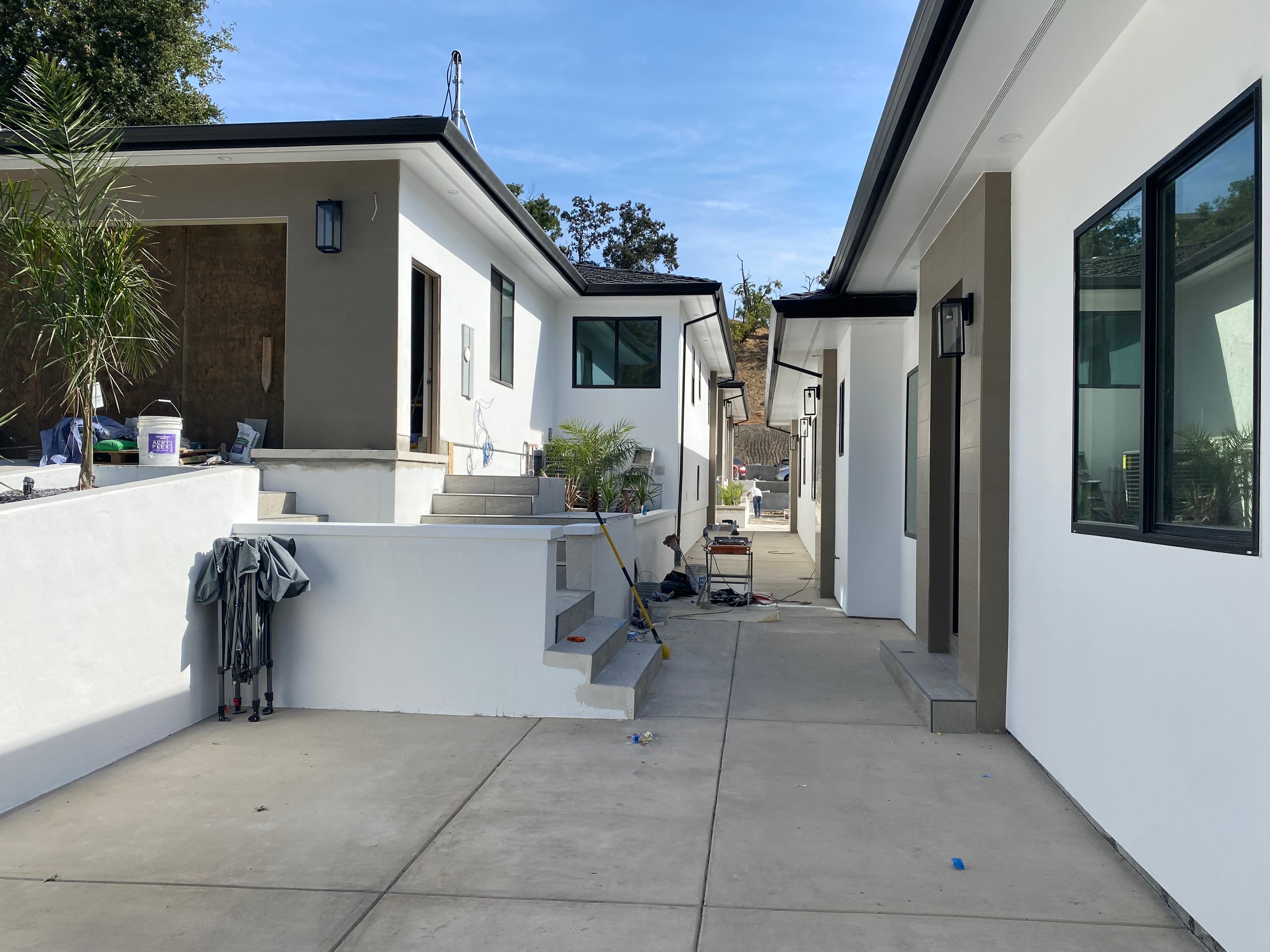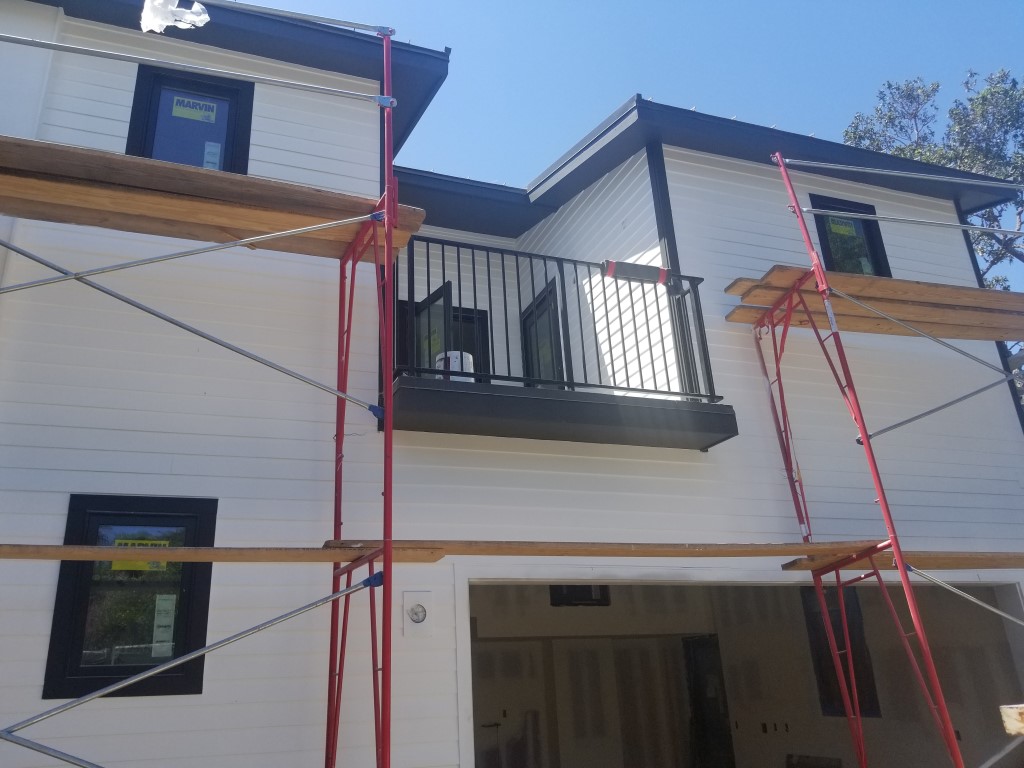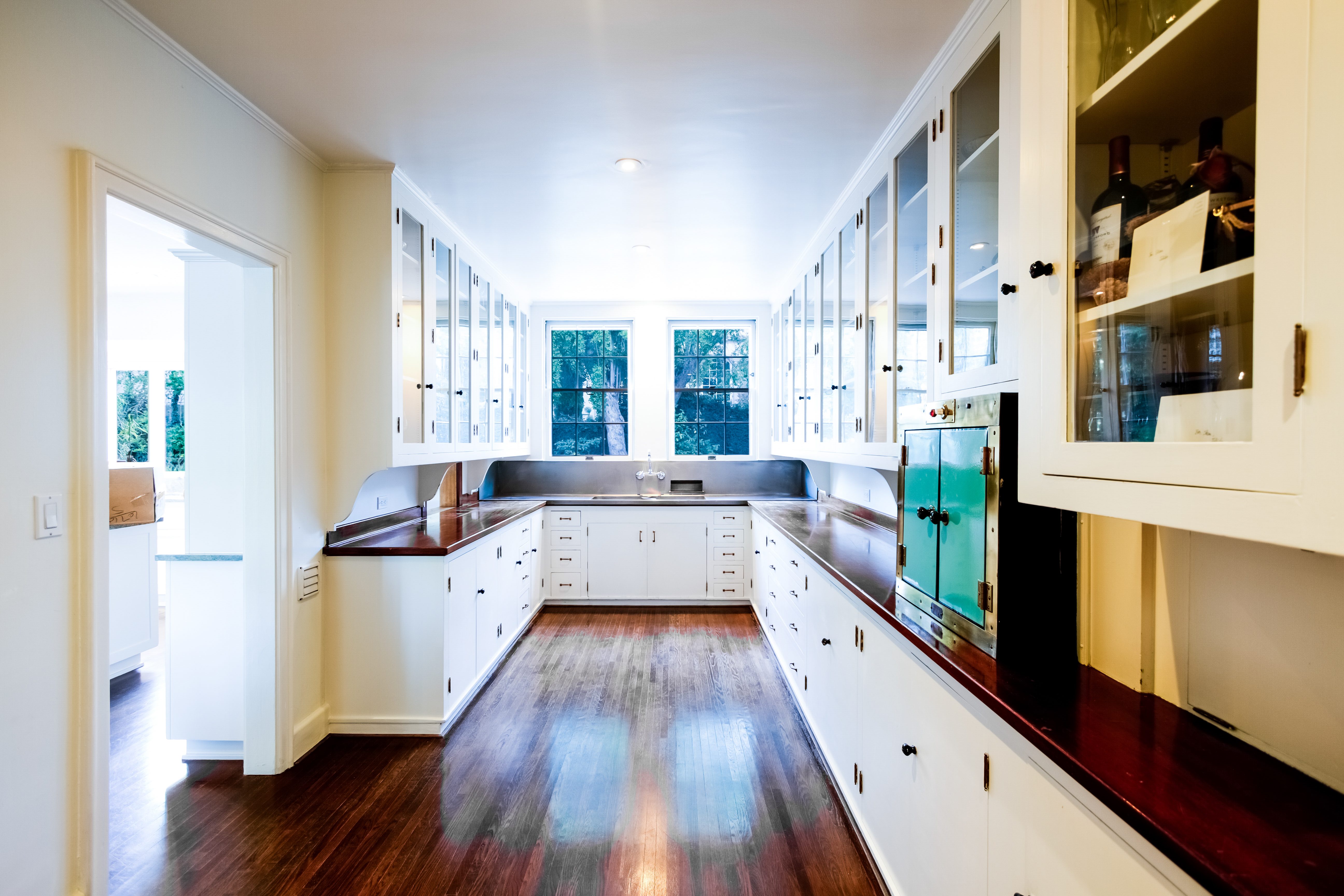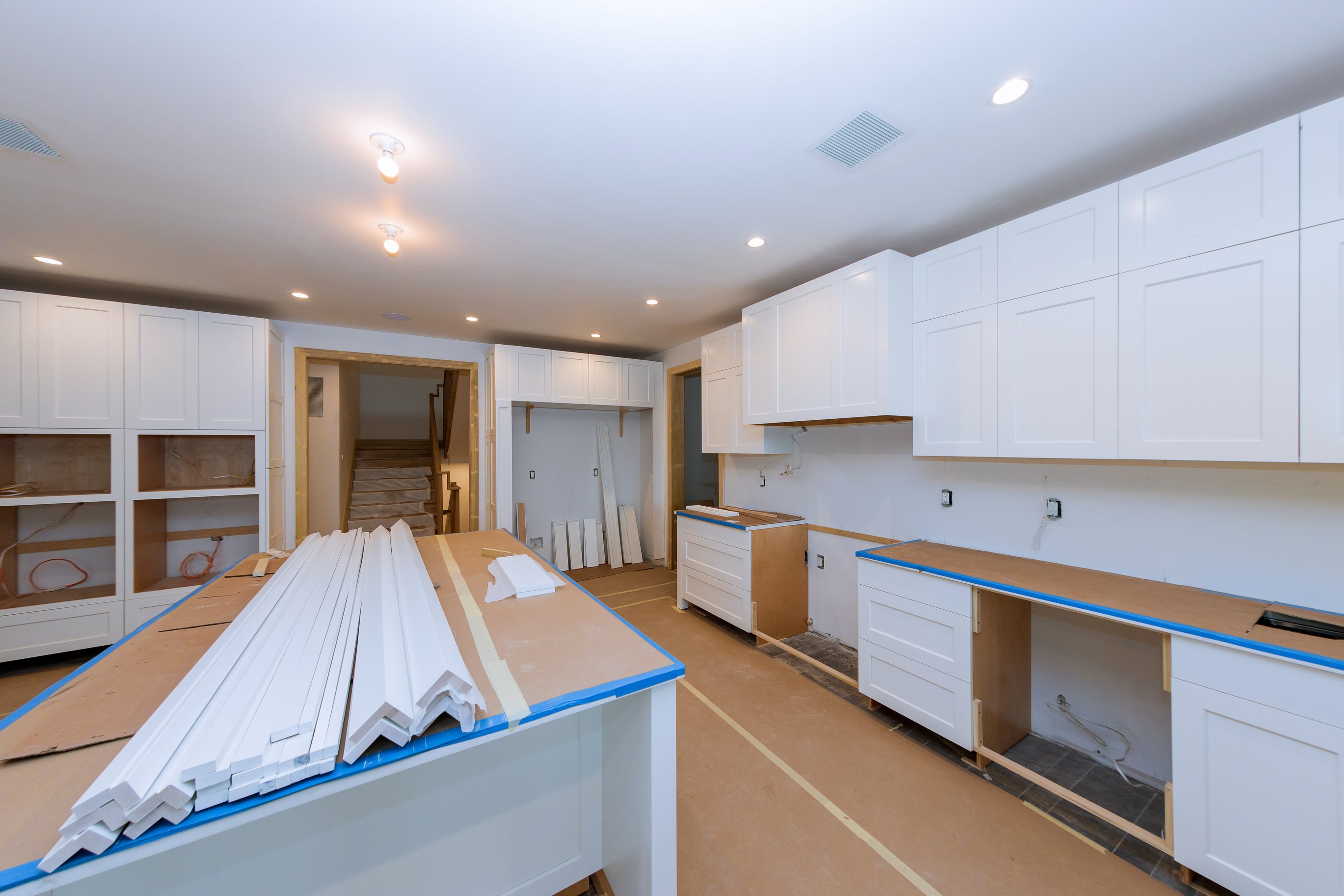Fix & Flip with Seller Financing
If you have a seller willing to carry a note, funding your fix and flip with seller financing instead of a hard money loan is a better and cheaper...

If you’re cash strapped and in escrow to purchase your next fixer-upper, you might be searching online for a hard money lender to give you the ever-so-elusive 100% LTV fix and flip loan to close on your next project. Don’t worry — you’re not the only one. There are many investors doing the same thing every day, hoping to find that special lender to help them with a tough situation.
There are some hard money lenders that promote 100% LTV fix and flip financing. A quick online search will yield a few funding sources that might provide a zero down payment fix and flip loan for you (with a very tight credit box reserved for only the most experienced house flippers w/ 100+ flips under their belt or investors in the Midwest buying $30,000 fixer uppers).
Unfortunately, 100% fix & flip financing is incredibly rare.
In this article, I'll bring you up to speed on 100% LTV fix and flip lending, explain why it’s so rare, and provide you with more promising financing options for your next fixer-upper project.
Let’s start off with the basics of 100% LTV fix and flip financing.
100% LTV fix and flip financing is a zero down payment hard money loan that allows an investor to acquire a fixer-upper completely using other people’s money (OPM).
Real estate is all about OPM, and 100% fix and flip financing is the epitome of OPM.
In this scenario, you as a borrower aren't bringing any money to closing for the down payment. You may, however, have to provide all the closing costs associated with the loan.
With 100% hard money financing, the loan closing costs are often steep. A borrower should expect origination fees to be in the 3-5 point range.
The interest rate will also be at the higher end of the pricing spectrum. Expect to see 12-14% on a 100% LTV fix and flip loan.
Additionally, some fix and flip lenders will provide 100% rehab financing for the project, which truly makes it 100% financing from start to finish. You just cover the closing costs and monthly payments.
With 100% fix and flip financing, house flippers and rehabbers receive the following benefits:
Private money and hard money lenders can benefit from doing 100% loans for the following reasons:
Experienced lenders and rehabbers can benefit from 100% financing on fix and flip loans. However, it exposes them to higher risks when the equity in the project is razor thin.
Below are some of the main risks and drawbacks each side faces with 100% fix and flip financing.
Due to the increased risks, very, very few private lenders will offer an investor 100% LTV fix and flip financing.
During the past 11 years and origination of 3,100+ loans, FCTD has closed exactly ZERO 100% LTV fix and flip loans for our house flipper borrowers.
100% financing just isn’t something we provide to our clients since it’s nearly impossible to find a private money lender that will take on such a large, outsized risk.
Unless you have a cable TV show or a large-scale company (for real estate) that flips 50-100 properties each year, 100% LTV fix and flip financing isn't a realistic solution.
You'll have much better luck with the three recommendations below.
The largest beneficiary of Wall Street’s investment in private money lending has been fix and flip conduit lenders, which consistently offer active house flippers and rehabbers 80-90% LTV on the purchase and 100% rehab financing. (Conduit lenders originate loans and sell to secondary market investors, many of which are Wall Street investment funds.)
There are many fix and flip lenders, all selling loans to the same 5-10 secondary market investors. As a borrower, it all looks the same to you.
With mortgage brokers like FCTD, the loan programs are similar, but each lender has unique features that differentiate them in the fix and flip loan marketplace. Our differentiator is knowing each fix and flip lender's niche, helping rehabbers and investors quickly navigate the financing part of the transaction. (Shameless plug!)
Another way to get close to zero down payment on a fix and flip project is to include another property as additional collateral, known as a cross-collateral blanket loan.
To be used as additional collateral for the loan, the cross property should have lots of equity — and ideally be owned free and clear. But an LTV in the 30-50% range is also acceptable.
The third option is to bring in your friend or family member as an equity partner to provide the down payment and maybe even cover the closing costs.
Some highly seasoned house flippers have a network of investors who have partnered with them on projects for the past decade. We usually see the equity partner supply the down payment funds and sometimes finance the renovation costs.
In return, the equity partner may receive a fixed return on their capital investment, a split of the profits when the property sells, or some combination of the two.
It’s best to draft the equity partner agreement prior to depositing any down payment funds into escrow.
Summary
As you can see, 100% LTV fix and flip financing is elusive. It’s a great idea and beneficial to highly experienced rehabbers with access to a rare lender willing to take on the additional exposure of 100% fix and flip loans.
House flippers who aren't lucky enough to find this loan can always lower their expectations to 85-90% LTV on the purchase, using another property as additional loan collateral, or bringing in an equity partner to put up the cash while sharing in the profits when the project sells.

If you have a seller willing to carry a note, funding your fix and flip with seller financing instead of a hard money loan is a better and cheaper...

A few years ago, an experienced house flipper was referred to FCTD for high-leverage fix and flip financing on their upcoming project. This rehabber...

If you’re a house flipper already approved for a hard money first mortgage, but need a second mortgage to cover down payment and closing costs,...